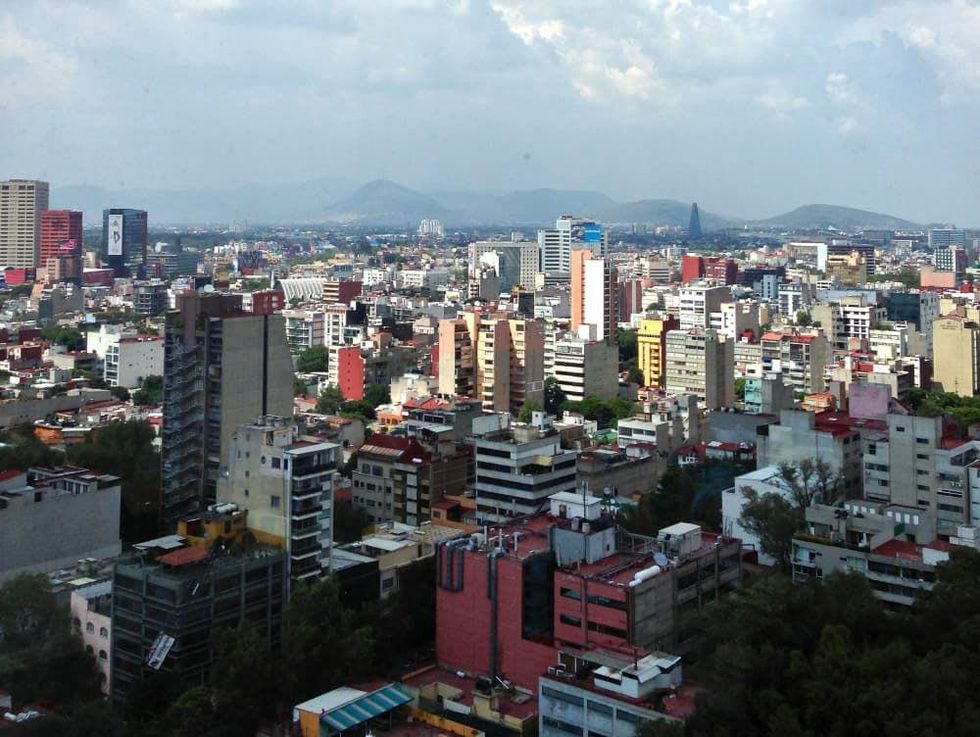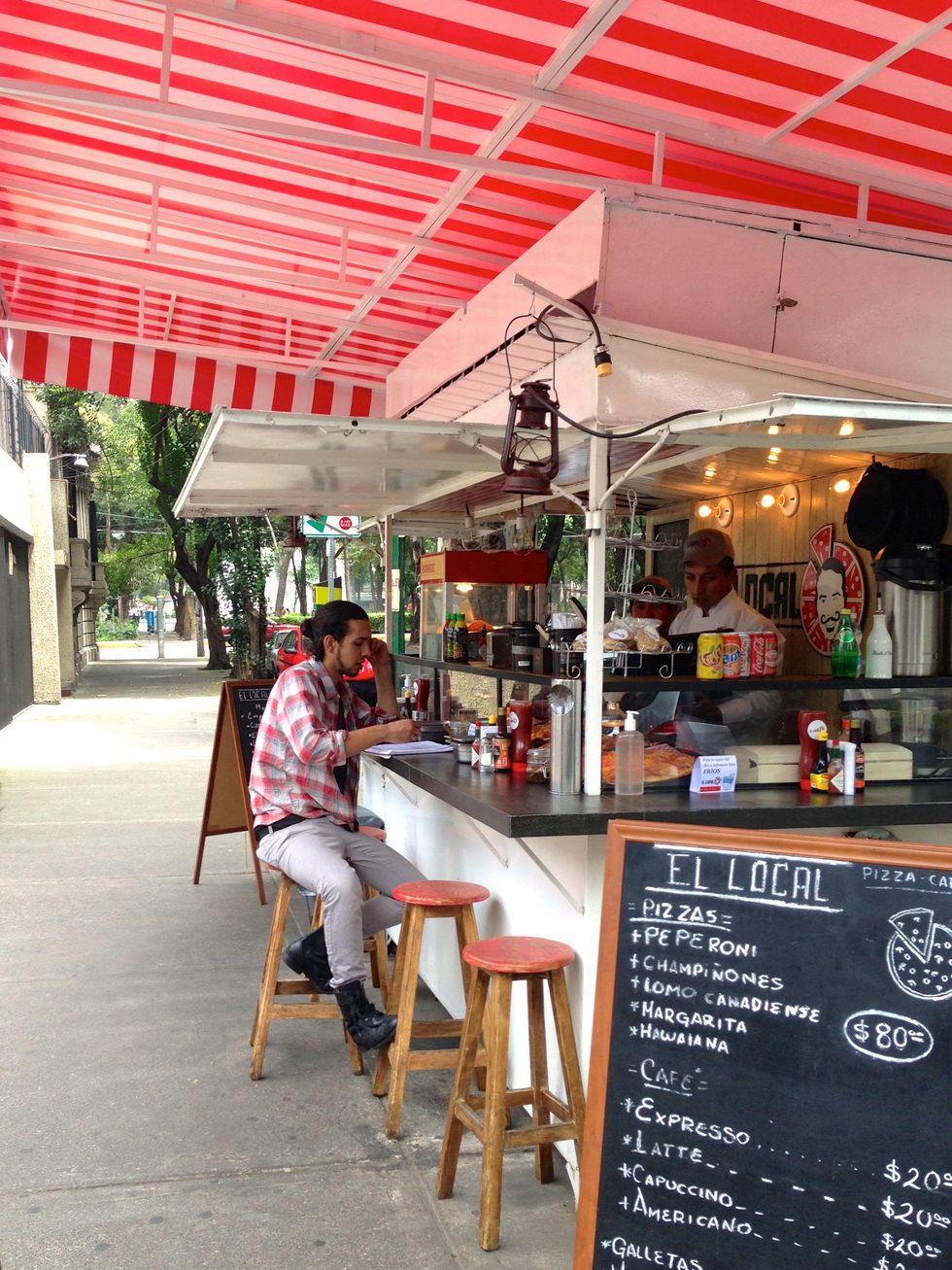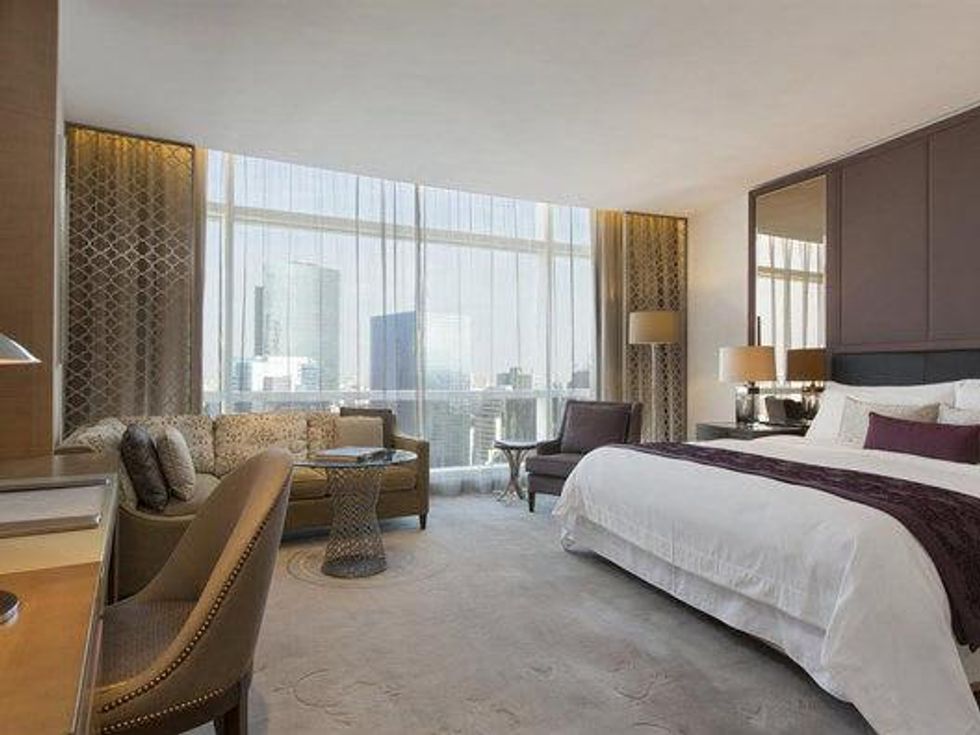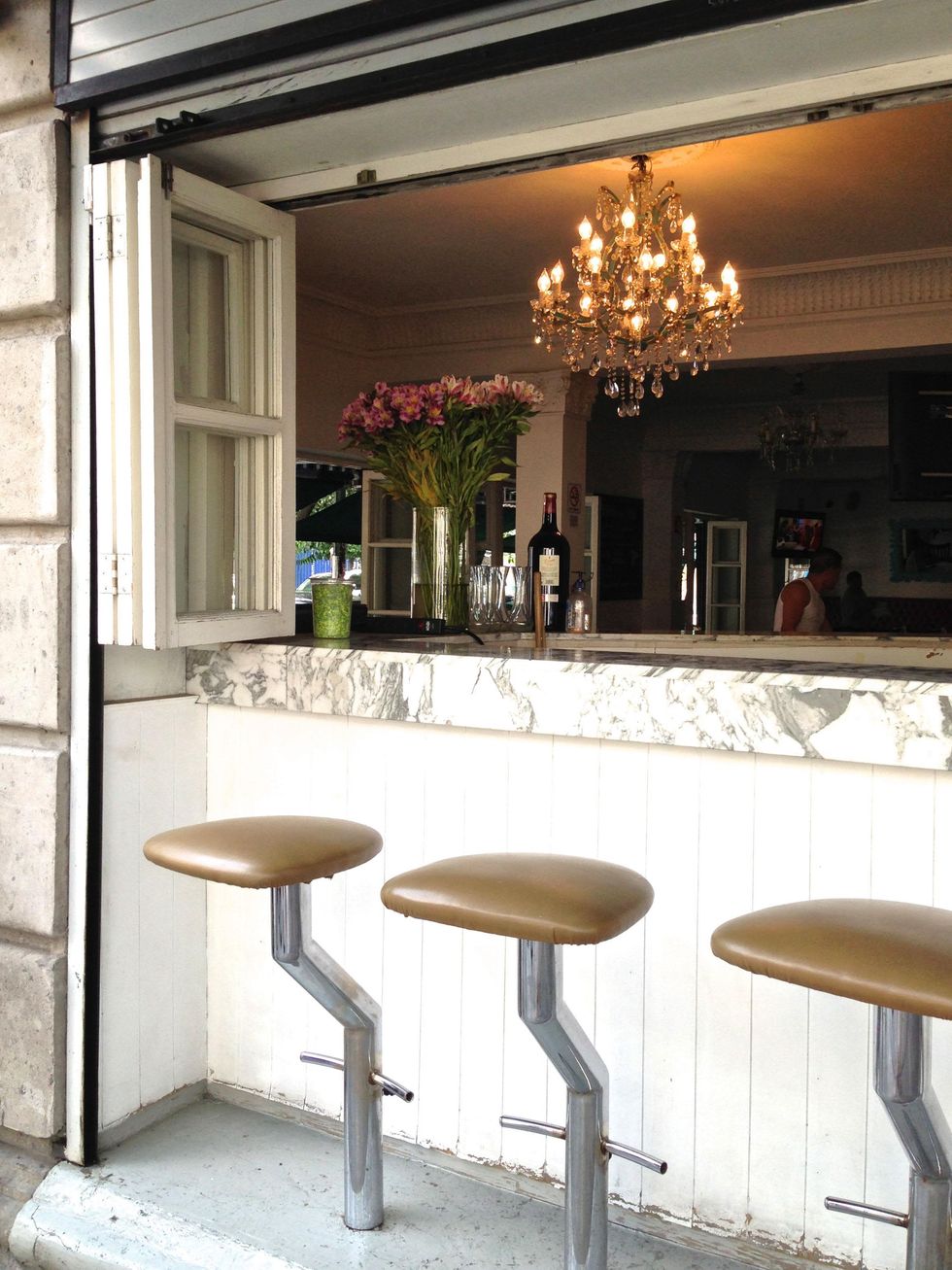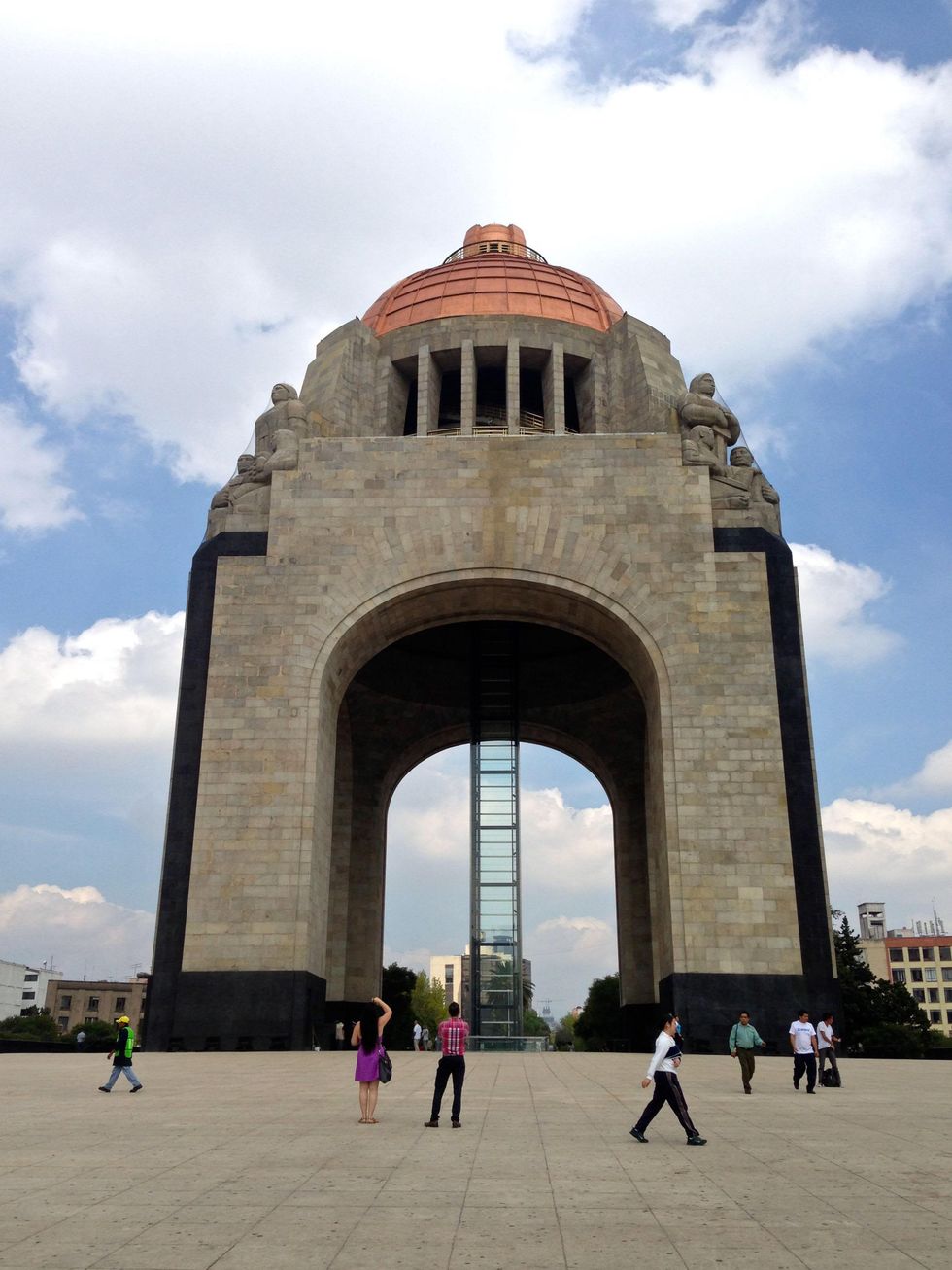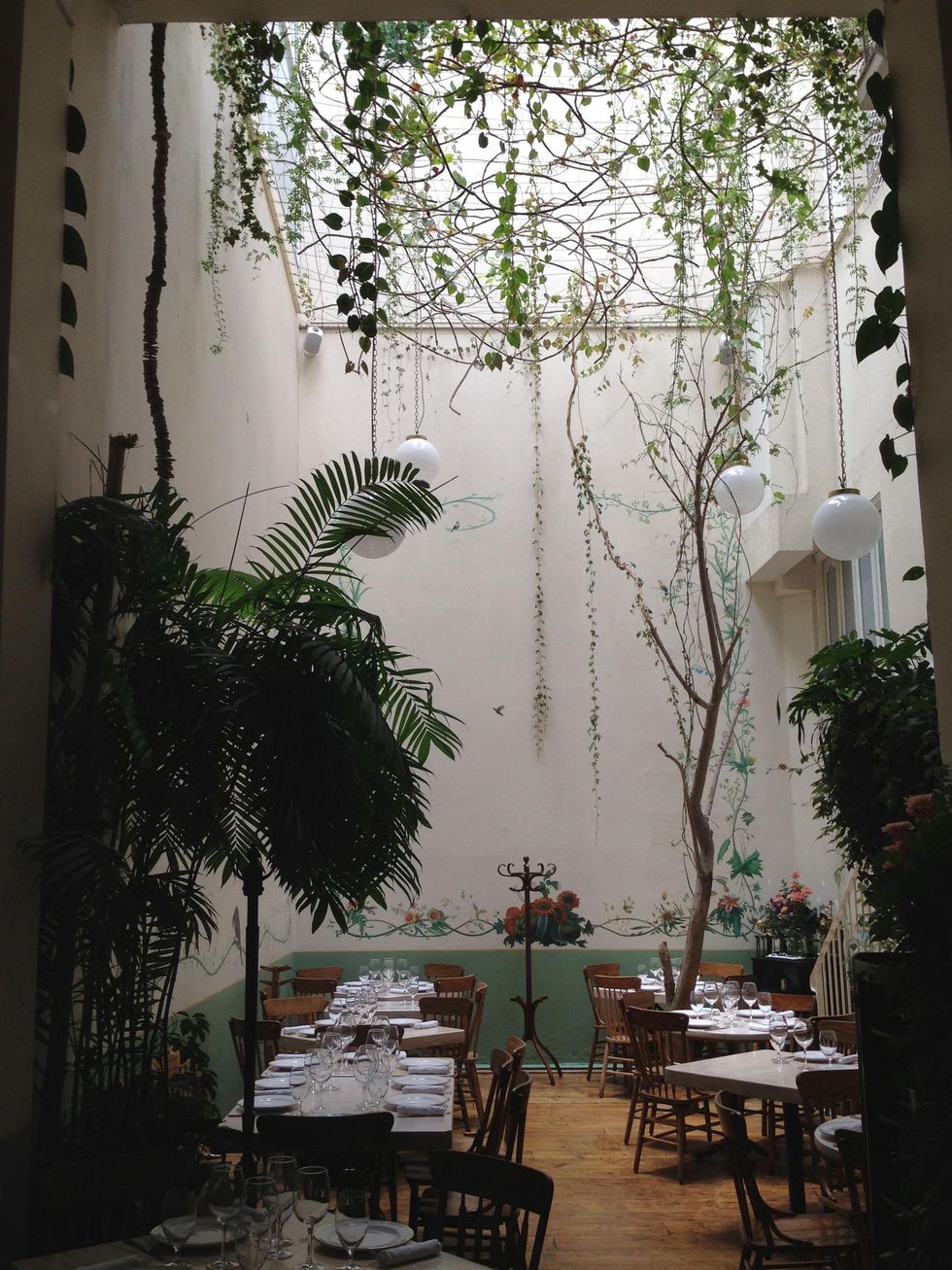It's A Small World
Dying for a luxurious international weekend escape? Try Mexico City — yes, Mexico City
Just one short flight from any major hub in Texas will land a traveler in the lap of luxury. Though this city is often overlooked as a destination, and is used more commonly as a thoroughfare, Mexico City (known affectionately as "D.F.") is teeming with boundary-breaking art and design, a burgeoning culinary scene and reinvigorated neighborhoods diverse enough to stand up against those of other metropolises around the world.
With the growth and development of the past decade, you would be remiss to use the capital of Mexico simply as a means to an overrun coastal destination. The fear of crime in Mexico City also seems to have gone down, with suburbs experiencing more of the problem now.
Texans are fortunate stateside dwellers. A glamorous, international weekend getaway is easy to pull off owing to the wide selection of direct flights from Houston as well as Dallas, Austin and San Antonio. And though Mexico City holds the lofty title of the largest metropolitan area in the Western Hemisphere, it offers the unique fusion of relaxation and exploration — especially if you're staying at the urbanely elegant St. Regis Mexico City.
Mexico City holds the lofty title of the largest metropolitan area in the Western Hemisphere, it offers the unique fusion of relaxation and exploration.
The newly constructed St. Regis overlooks Paseo de la Reforma — an opulent thoroughfare that bisects the city and is re-fashioned into a pedestrian avenue on Sundays for the cyclists, runners and walkers of D.F. — and offers so many amenities that you won’t even miss sipping piña coladas by the coast.
With Mexico City undergoing an artistic renaissance, the hotel also pays homage to the contemporary art of the city, displaying a number of works that encourage thoughtful discussion, like a Ricardo Rigatzoni sculpture at the main entrance, a mural by Pablo Weisz and a handful of paintings by Mexican artist Gabriel Macotela.
The hotel's Remede Spa is seemingly situated in the sky with floor-to-ceiling windows encasing the treatment facilities and an infinity pool with views of the city and its surrounding mountains. Every detail is carefully attended to, including providing each guest with a personal butler who will do everything (including immaculately pack your suitcase upon departure). And after all that relaxation, you will certainly be left hankering for the chef’s tasting menu from the award-winning Diana Restaurant or J&G Grill.
But beyond the confines of the luxury pad (and no shame if you simply never want to leave — it’s your vacation) is a vibrant, rich community. Neighborhoods Zona Rosa and Colonia Roma are noted for their younger inhabitants and pre-Revolution architecture that’s French in style and evocative of the similarly European-influenced Buenos Aires. Nestled near Roma is La Condesa, an area populated with open-air restaurants, shopping, independent art galleries and nightlife.
Mexico City Restaurants — and Museums Galore
Azul Condesa, El Cardenal and Restaurante Antiguo San Angel Inn are just a few of the eateries that commonly take top honors, while live music club El Imperial, cocktails at Maison Artemisia and jazz at King Cole Bar serve as a good spread of locals' favorites. Alternatively, the weary traveler is advised to head over to cobblestoned Coyoacán for a quiet, bohemian reprieve from the bustling city center — especially to visit Frida Kahlo’s breathtaking home, Casa Azul.
Reverence for the Aztec, mixed with scars of the 1985 earthquake and opulent late-19th century mansions of the Porfirio Diaz era create a nearly indescribable sensory experience.
There are more than 105 museums in Mexico City, many of which are free on Sundays. Plaza de la Republica, an art deco structure designed by Parisians as a way to connect the city, and La Colección Jumex's lively contemporary collection are well-rounded starting points.
Should museums be too slow of a speed, there are plenty of other ways to soak up culture, specifically by way of open-air markets. Residents and tourists alike flock to San Angel's Saturday art market or the similar Jardin del Arte Sullivan, while the city's best chefs go to Mercado San Juan to lunch, sample and pick up fresh meat and produce.
Each corner you turn, no matter the area, seems to offer a whole new view of a city steeped in history. Reverence for the Aztec (which founded Teotihuacan outside of today's Mexico City in 1325) mixed with scars of the 1985 earthquake and opulent late-19th century mansions of the Porfirio Diaz era create a nearly indescribable sensory experience.
With a spirit that extends far beyond the city limits and into the surrounding countryside, a few days in Mexico City will hardly be sufficient. But thanks to its proximity to the United States, the opportunities to make good on your previous Mexican travels — and honor D.F. as the cultural epicenter that it is — are boundless.
